On the one hand, Apple smartphones are good with a large number of intelligent built-in software, which makes it possible to fully use them out of the box. What is the Notes application worth, better than which you still need to look for working with records of any type. On the other hand, the iPhone is 100% disclosed only together with third-party software – especially in domestic realities. Therefore, it’s time to figure out what software is logical to install on a brand new Apple smartphone immediately after purchase – especially for those who decide to switch to the iPhone after an Android smartphone.
Third Party Browser


iOS has a built-in browser called Safari. It’s fast and intuitive, and it also supports extensions, which no other third-party solution can offer on the iPhone. However, the browser on the smartphone should pull up bookmarks from the desktop application. Desktop Safari is only on the Mac, which is not used by everyone. Yes, and on Apple computers, many put Chrome or another alternative. It is logical to use the same on the iPhone, so it is logical to install it on it immediately after purchase.
- Chrome (free) – Google’s browser with an emphasis on the search giant’s proprietary applications and work with its services; simple and convenient.
- Opera (free) – the developer positions this browser as incredibly fast, as well as the most secure and extremely private.
- Firefox (free) is a classic mobile browser that’s worth installing if you’re using its big brother on desktop.
- Orion (free) is an experimental browser that tries to look like a cross between Chrome and Safari in every way.
💡 How to set a third-party default browser: open “Settings”, go to the third-party browser section, expand the “Default Browser Application” menu, select the desired option.
Mail client
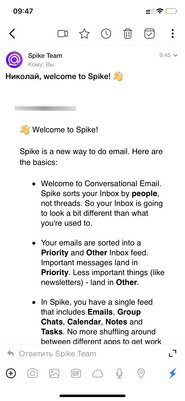
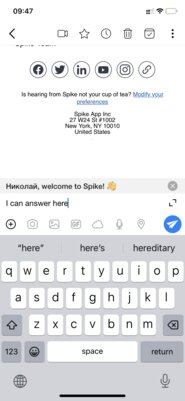

Not all even the most ardent fans of Apple prefer the standard “Mail”. And the thing is that the basic mail client does not know how to normally pull up updates of new letters. He does this not according to the Push system, but gradually – once in a certain period of time. Actually, that is why it is logical to install either a proprietary application from your mail service, or some normal alternative solution. Plus, many of them have useful additional features that make it easier to exchange emails.
- Gmail (free) is a branded email client for Google mail, which is the first to get access to all the new features of the service.
- Outlook (free) is the official Microsoft email client, which is logical to use if you prefer the ecosystem of the Redmond giant.
- Spike (free) is a curious email client that is ready to turn any conversation from correspondence into the most ordinary chat.
💡 How to set a default third-party email client: open “Settings”, go to the third-party mail client section, expand the “Default mail application” menu, select the desired option.
Multimedia harvester
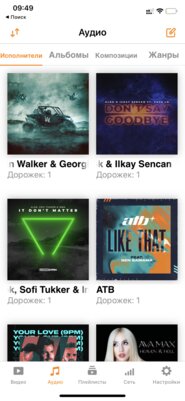


Apple is doing its best to promote its branded streaming services: Apple Music and Apple TV +. Since they are in her first place, a normal omnivorous multimedia combine will not appear in the iOS arsenal, which will open any file formats without any problems: offline music tracks and podcasts, audio books and training videos, films and series. That is why, after acquiring a new Apple smartphone, it is usually strongly recommended to install a normal video player on it in order to throw a couple of films at least on the road.
- VLC (free) is a traditional multimedia processor that has long established itself as the most simple and versatile solution for all occasions.
- Infuse (free) is one of the most beautiful video players for iOS that shows all the content in a very attractive interface.
- KMPlayer (free) – one of the most important features of the application is its adaptation for high-definition video: it should even handle 8K quite well.
Task Manager

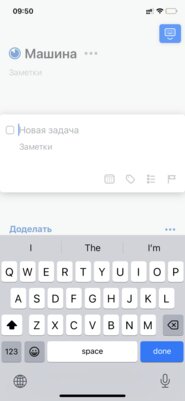

Every iPhone has built-in branded personal productivity tools. We are talking about the same “Reminders”, which have recently become quite an attractive tool for recording cases. However, it is immediately clear that in this regard the company clearly remains in the position of catching up. And according to the Getting Things Done system (be sure to read about it to increase your productivity), working with Reminders is not very convenient. Moreover, for planning solo and in a team, there have long been specialized tools that deserve much more attention.
- Trello (free) is one of the most requested task managers for team projects that is based on boards, lists, and cards.
- Todoist (free) is an attractive task manager with a user-friendly interface and support for many platforms.
- Things (899 rubles) is one of the most effective task managers, which also costs a lot.
book reader


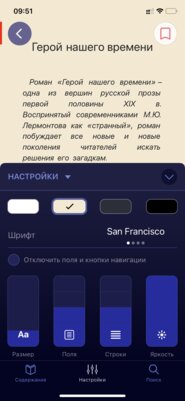
Every iPhone comes with built-in Books out of the box. A fairly powerful application that opens the same EPUB, as well as PDF without any problems. It seems that this is more than enough for everyone who reads a lot for work and not only. However, in reality, everything turns out to be completely different. First, “Books” is heavily overloaded with additional features like the built-in store, which Apple has long forgotten about. Secondly, the standard application does not support many popular formats that are used to distribute books on the network – for example, the same FB2.
- eBoox (free) is a simple and effective book reader that doesn’t pretend to be anything else.
- PocketBook (free) is a more functional version of a book reader for those who read a lot.
Maps and navigation


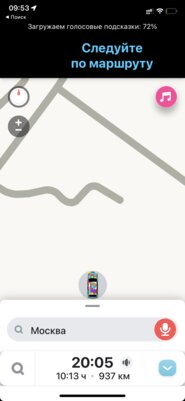
A branded navigation application is the most striking example of how Apple’s official software is not adapted to domestic realities. “Maps” works very well in the US, Canada and some European countries, but in all other regions it is imperative to look for alternatives with more detailed objects and an emphasis on the specifics of the markets. But what can I say, it’s impossible to travel with the built-in “Maps” at all. And the walking routes are usually so clumsy in them that it is easier for a passer-by to find out the way.
- Google Maps (free) – popular maps with a navigator that will help you get the most out of each place.
- Waze (free) is a navigator with an abundance of social features that will help you find out the current situation on public roads.
- Maps.me (free) – maps with a navigator, the main feature of which is downloading offline for full use without an Internet connection.
office editors
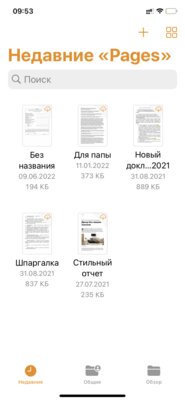
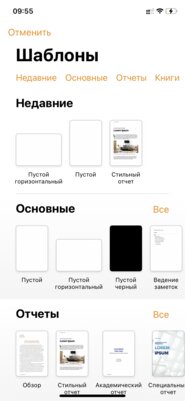

Apple has a pretty good office suite, but when it comes to files created in older revisions of Microsoft Office, the pretty apps straight out of Cupertino just can’t handle them. That is why it is recommended to install several office suites on a new Apple smartphone immediately after purchase, which will help open the necessary file if it one day gets on the device. Then you don’t have to look hard for some omnivorous application to get access to some important information.
- iWork: Pages, Numbers, Keynote (free) – Apple’s proprietary office suite that supports iCloud synchronization and other manufacturer’s chips.
- Microsoft Office: Word, Excel, PowerPoint (free to view, edit with subscription) is the most popular office suite and is preferred in the manufacturer ecosystem.
Camera with manual settings

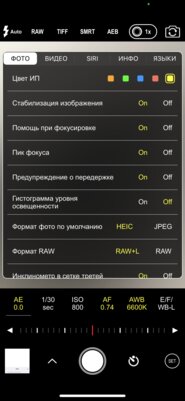
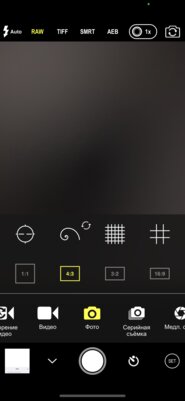
On the one hand, the cameras built into the iPhone are becoming more advanced with each subsequent generation: the number of modules is growing, the aperture ratio and even the number of megapixels are increasing in them. On the other hand, a rather primitive Camera application is integrated into iOS, which greatly limits the user in any additional settings. For ordinary daily shots, it is enough, but when it comes to some creative ideas, the situation worsens globally. It’s good that you can put a third-party camera with manual settings on the iPhone.
- ProCam (899 rubles) is one of the most feature-rich manual cameras for iPhone.
- Halide (free) is a stylish manual camera that is less functional but more attractive in its interface.
- Slow Shutter Cam (179 rubles) – a camera for creating the effect of long exposure.
Graphics editor



In the Photos application, in principle, there are necessary tools for basic color correction. However, it is difficult to say that Apple has made a real graphic editor out of the gallery built into iOS. That is why, if there is a desire to process images directly on a mobile device, it is important to install a suitable application for these very needs on it. Fortunately, there are plenty of suitable programs in the App Store that will help you change colors, remove unnecessary objects from the frame, and be able to develop a digital negative.
- Snapseed (free) is an excellent free graphic editor that Google once bought from its creators.
- VSCO (free) is a cool collection of quality photo filters.
Additional utilities
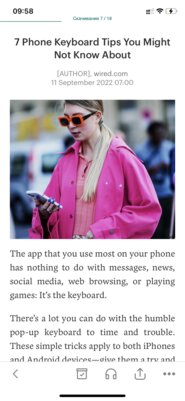
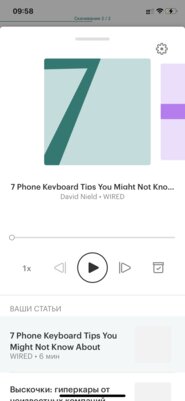

In the end, the iPhone may need additional utilities to help simplify some processes. For example, Safari does not have a very convenient tool for delayed reading. And, to be honest, not everyone usually uses the browser built into iOS. Therefore, it is logical to install a third-party solution that will obviously turn out to be more versatile and convenient. And this is just one example – it would also be logical to acquire a universal tool for working with archives, as well as some kind of smart translator that will help when communicating with foreign employers, colleagues and partners.
- Pocket (free) is a classic delayed reading service that is ready to save offline any materials from the Internet.
- DeepL (free) is the most accurate translator that perfectly understands the context and uses it thanks to neural networks.
- iZip (free) is a multifunctional utility for working with archives in a large number of different formats.
Source: Trash Box
Johanna Foster is an expert opinion writer with over 7 years of experience. She has a reputation for delivering insightful and thought-provoking articles on a variety of subjects. Her work can be found on some of the top online news websites, and she is currently lending her voice to the world stock market.






